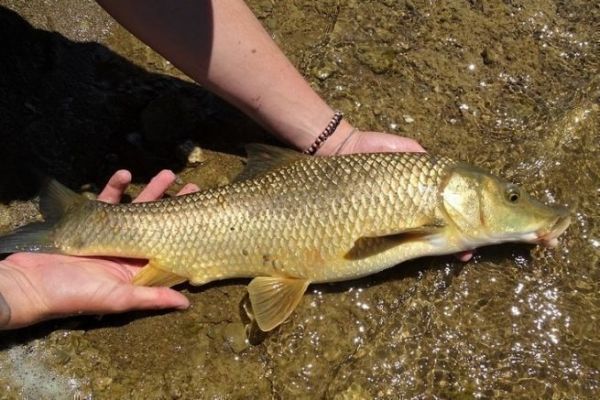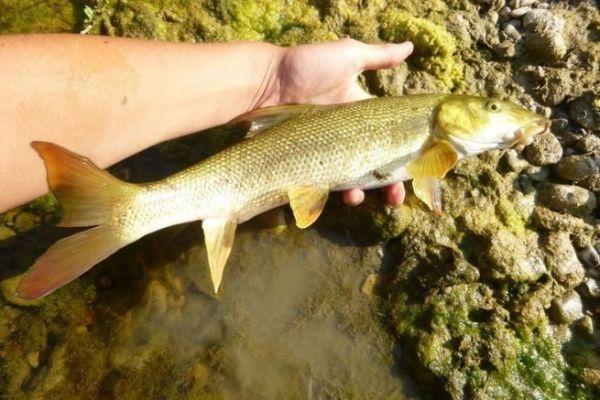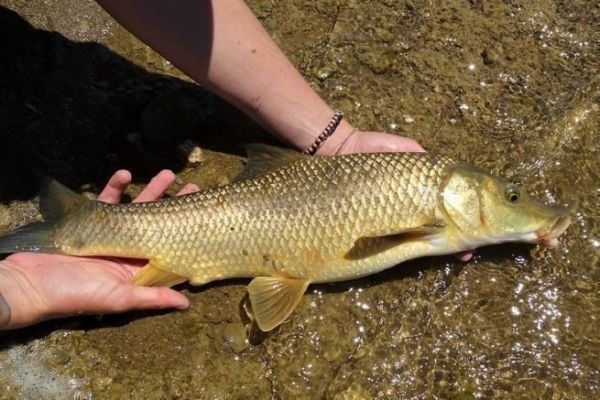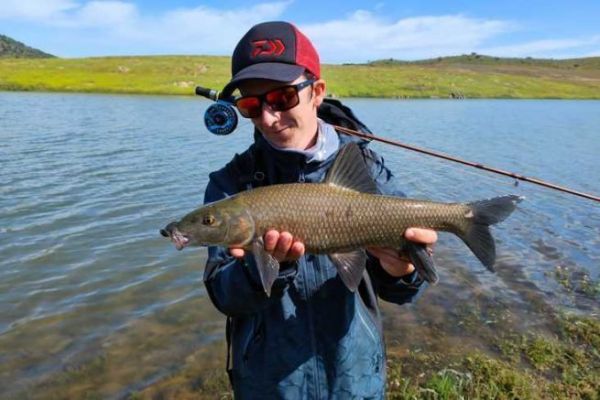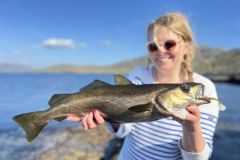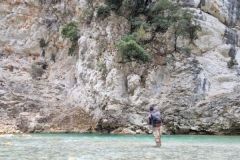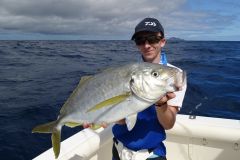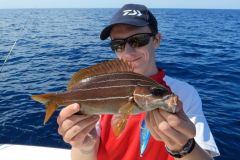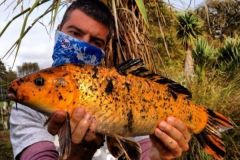Presentation of the comizo barb
The largest barbel in Europe, the comizo barbel (Luciobarbus comizo) belongs to the cyprinidae family. Unlike the common barb, the comizo barb has a longer nose. Always afflicted with its barbels and its flanks with golden reflections, its slender body seems cut for the most beautiful rushes. Like the common barbel, the comizo barbel is omnivorous. It feeds as well on insects, small fishes such as bleak, but also on crayfish, a very abundant species in the Spanish lakes. The comizo barb can exceed 80 cm and reach 15 kilos. Spawning usually takes place during the months of May-June depending on the temperature.
Where to fish for the comizo barb?
Endemic to the Rio Guadiana, the comizo barbel is only present on the Iberian Peninsula. It is found in Spain and Portugal in some lakes or rivers. The region of Extremadura in Spain being the most famous to obtain very beautiful results. There are other species of barbels on these same places. The comizo barbel remains the most interesting species to fish, because it is very aggressive when the conditions are good. It is a fish that particularly likes slow or stagnant water.
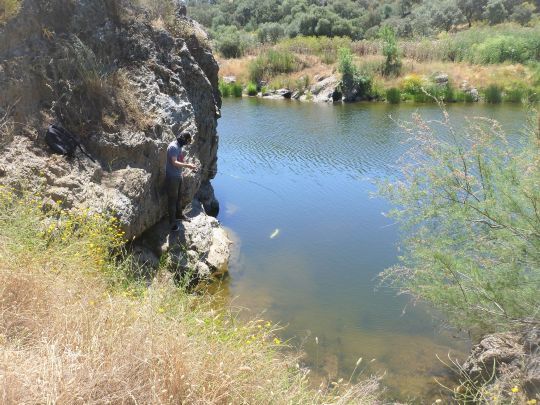
Fishing techniques
Fishing for the comizo barbel is extremely fun. Whether you are a fly fisherman, a feeder fisherman or a lure fisherman, you will have the opportunity to confront the king of the barbs. Sight fishing is the technique that will give you the most thrills. Wary and fearful fish, always be as discreet as possible when you approach spots likely to harbor a comizo barbel and be ready for some serious rushes...
At what period

Comizo barbel fishing can be done most of the year. The best periods are in the early spring when the waters warm up and in the summer when the spawning is over. When the waters are particularly warm, and this is not uncommon in the Iberian Peninsula, the comizo barb seeks out more oxygenated waters and stays almost at the surface.

 /
/ 